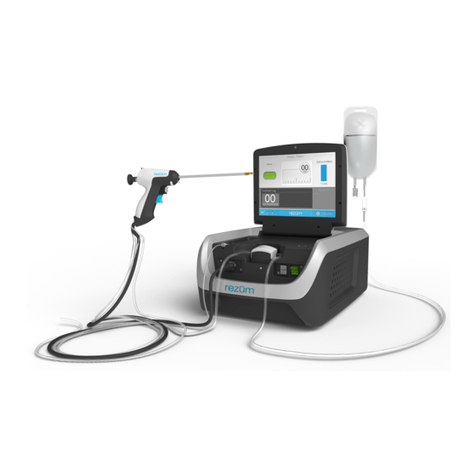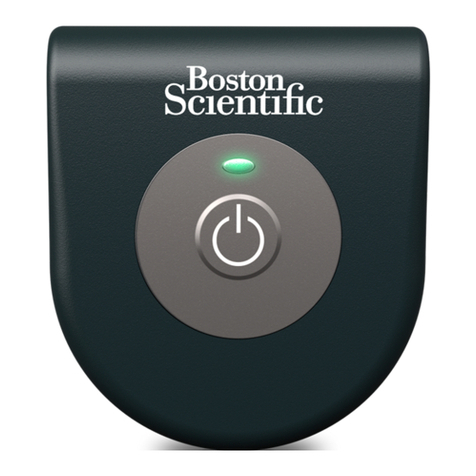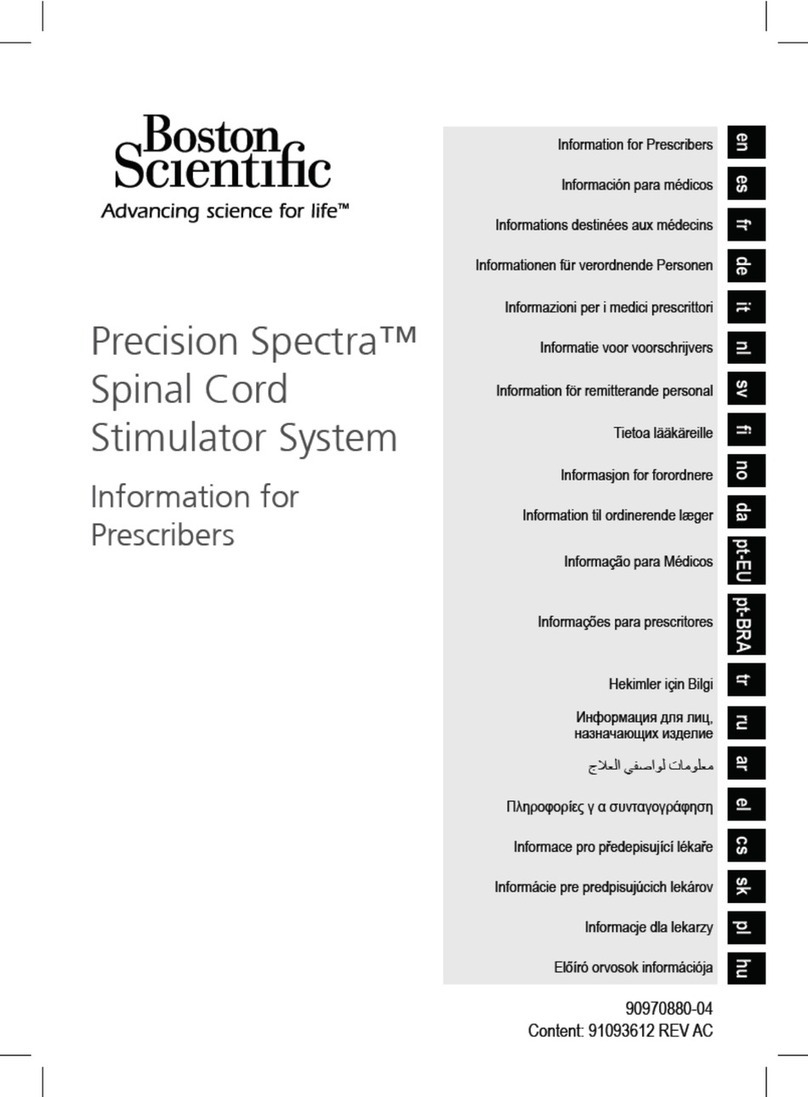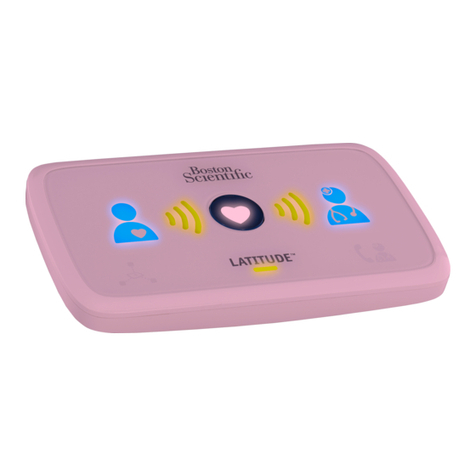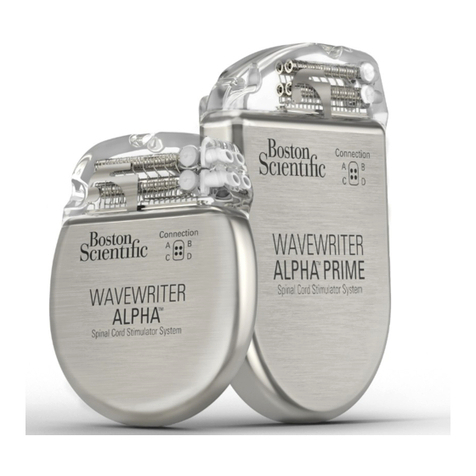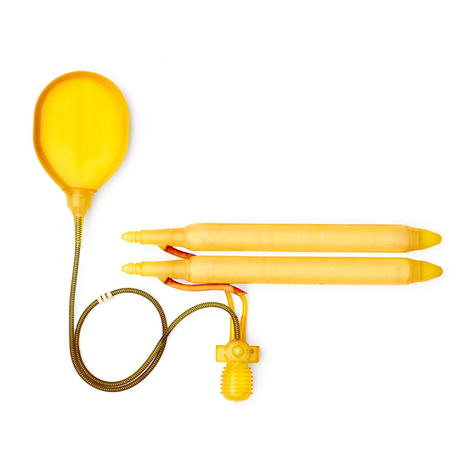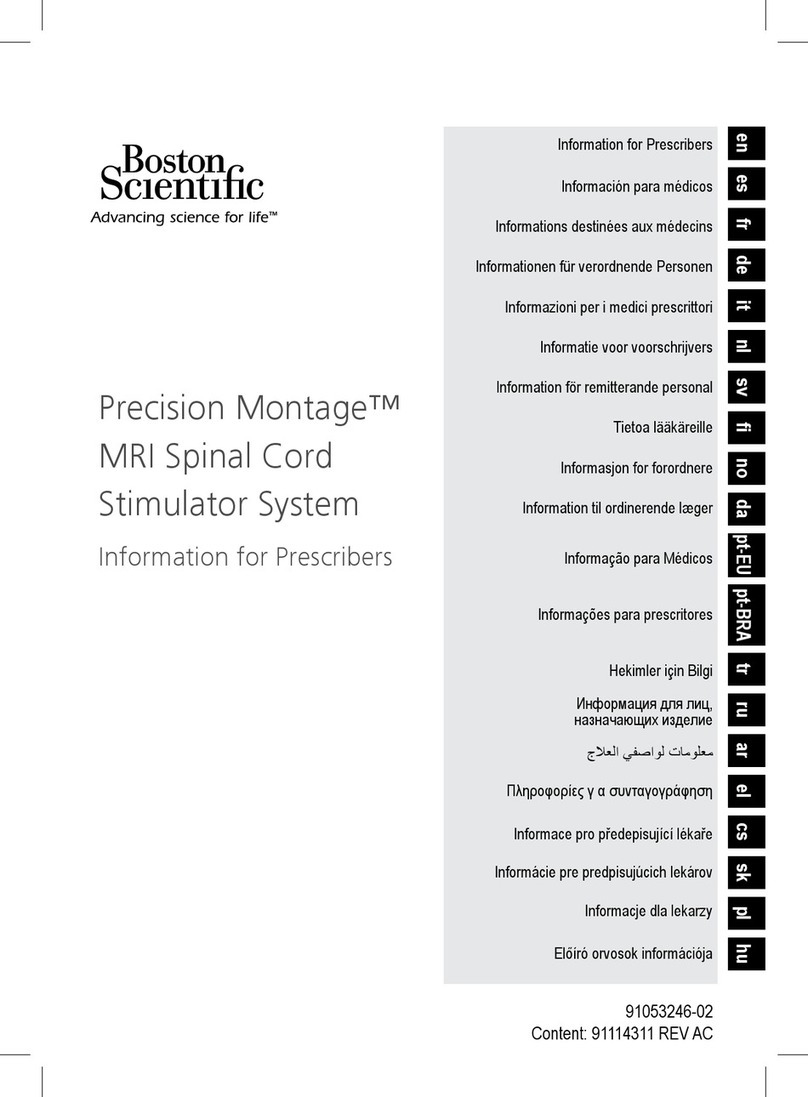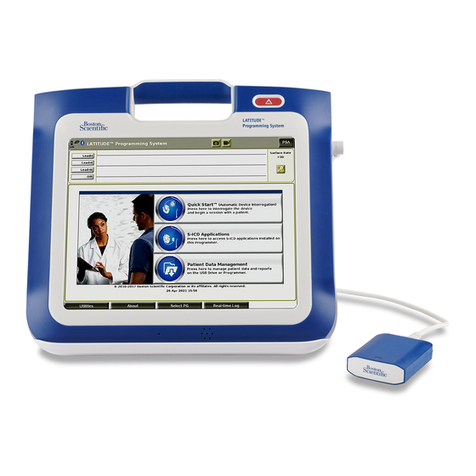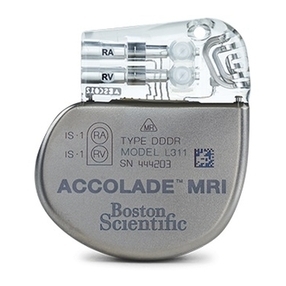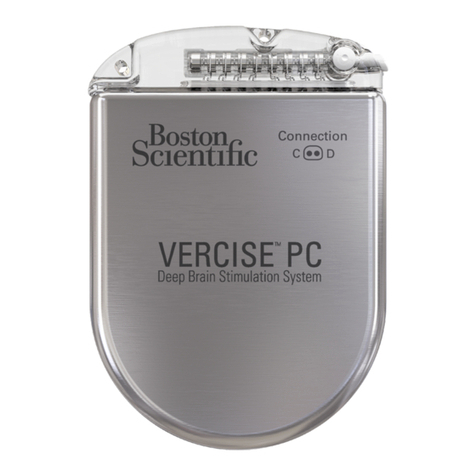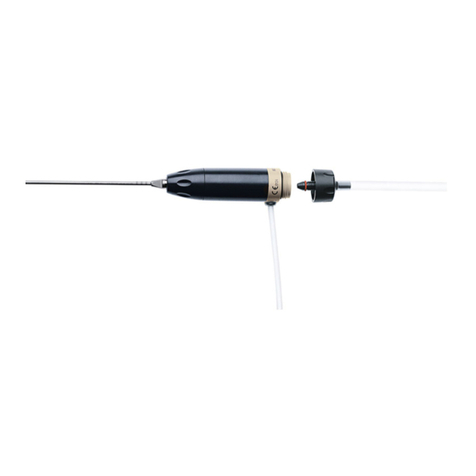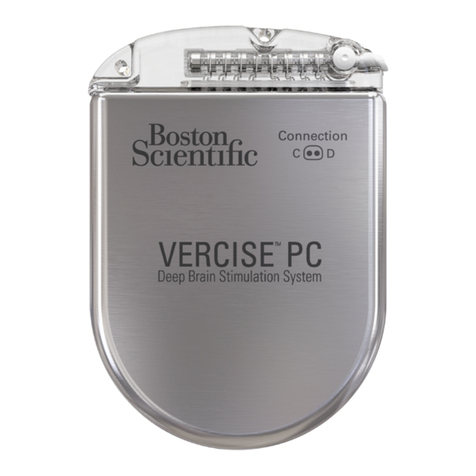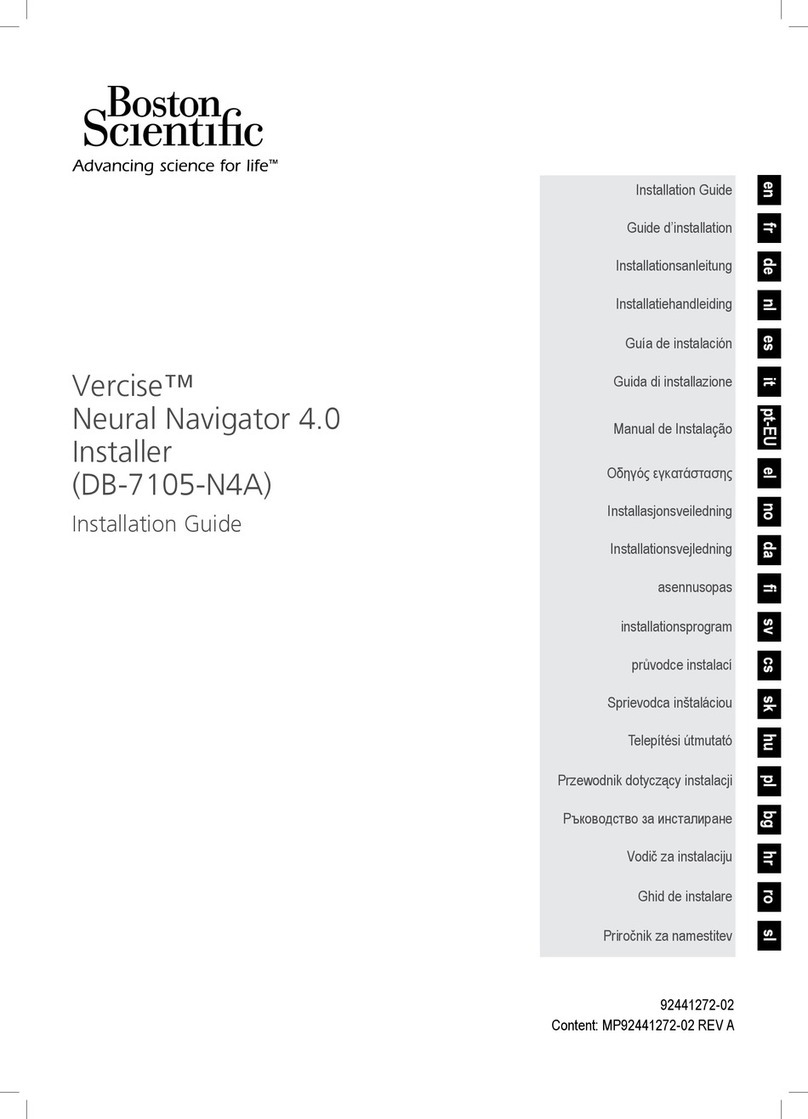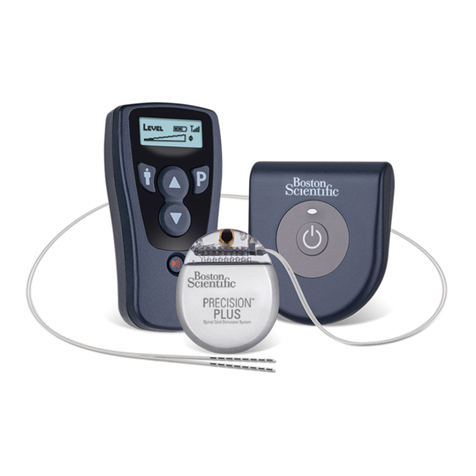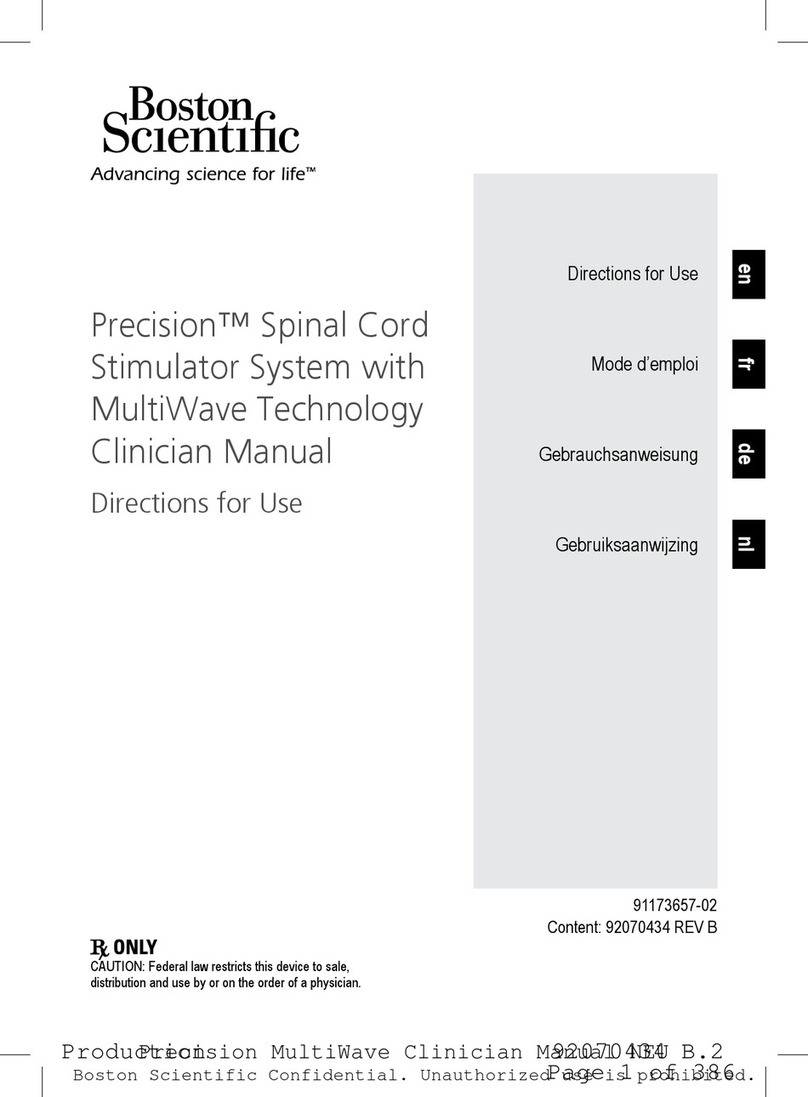
Percutaneous Leads Directions for Use
92469115-02 iii of iv
Description........................................................................................................................................................................... 1
Percutaneous Leads...........................................................................................................................................................1
Trial Leads ..........................................................................................................................................................................1
Lead Extension...................................................................................................................................................................1
Innion 16 Lead ..................................................................................................................................................................1
Innion CX Lead .................................................................................................................................................................1
Lead Splitters......................................................................................................................................................................1
Package Contents ............................................................................................................................................................... 2
Specications and Technical Data..................................................................................................................................... 3
Registering the Leads......................................................................................................................................................... 4
Instructions for Use............................................................................................................................................................. 4
Lead, Lead Extension, and Splitter Handling and Storage.................................................................................................4
Innion CX Lead .................................................................................................................................................................4
Entrada™ Needle ...............................................................................................................................................................4
Fully Assembled Entrada Needle ................................................................................................................................. 4
Components ................................................................................................................................................................. 5
Assembling and Reassembling the Entrada Needle .................................................................................................... 5
Lead Placement for Spinal Cord Stimulation (SCS) ...........................................................................................................5
Innion CX Lead Placement for SCS Using the Entrada Needle .......................................................................................6
Peripheral Nerve Stimulation (PNS) ...................................................................................................................................8
Lead Placement for PNS ....................................................................................................................................................8
Innion CX Lead Placement with Entrada™ Needle for PNS.............................................................................................8
Lead Connection to Splitter ................................................................................................................................................9
Intraoperative Stimulation Testing.....................................................................................................................................10
Securing the Trial Lead.....................................................................................................................................................11
Securing the Trial Innion CX Lead ..................................................................................................................................11
Permanent Lead Anchoring and Tunneling.......................................................................................................................11
Removing the Insertion Needle .................................................................................................................................. 11
Removing the Entrada Needle.................................................................................................................................... 12
Anchoring the Lead for SCS ....................................................................................................................................... 12
Anchoring the Lead for PNS ....................................................................................................................................... 13
Tunneling the Lead or Lead Extension ....................................................................................................................... 13
Connecting the Lead Extension........................................................................................................................................14
Lead/Extension/Splitter Removal......................................................................................................................................15
Option A: Lead Removal after Temporary Trial .......................................................................................................... 15
Option B: Lead Extension Removal After Permanent Trial ......................................................................................... 15
Option C: Splitter Removal ......................................................................................................................................... 16
Option D: Permanent Lead Removal for PNS ............................................................................................................ 16
Programming with the Innion 16 Lead and Innion CX Lead ..................................................................................... 16
Table of Contents


